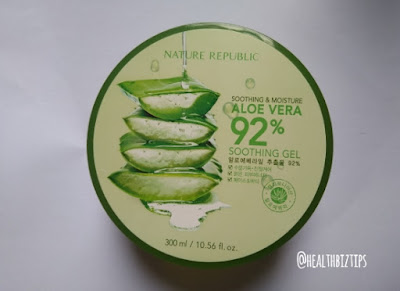Stages of Gouty Arthritis: What's the Importance of knowing the Stage of Your Gout?
Stages of Gouty Arthritis: What's the Importance of knowing the Stage of Your Gout?
Most people think Gout is the highly annoying and extremely debilitating condition that comes and goes. It's not that simple. Gout isn't just the recurring joint pain and swelling that disappears. With each flare up, it leaves a permanent mark, ultimately leading to the irreversible joint destruction. People who suffer from this condition should know this before it's too late.
@healthbiztips by Arlene Gentallan
What are the stages of Gouty Arthritis?
The progression of Gout is marked by four stages.
Stage 1
Asymptomatic Hyperuricemia:
The only abnormal finding observed is the elevated levels of uric acid in the blood (hyperuricemia.) At this first stage, there is no symptom of Gout. No treatment is necessary.
Stage 2
Acute Gout Attack:
At this stage, the sudden first attack of Gout symptom occurs. Gout attack usually happens at night.
There's pain, redness, warmth, swelling and edema on the affected joint. The big toe is often the affecteced joint but in some instances, joints such as that of small toes, ankles, knees, wrist or fingers may be the one involved.
The person may also suffer from other signs like fever and malaise.
These symptoms of acute gout attack usually subsides after 1 week and enter a period of latency followed by remission.
Stage 3
Intercritical Gout:
This stage is the period inbetween Gout attacks. (It's important to note that Gout attack is recurring.) During this period, the affected joint returns to normal, no symptom of arthritis is present. This period can last from months up to years.
Stage 4
Chronic Tophaceous Gout:
This is the final irreversible stage of Gout caused by recurring Acute Gout Attacks (Stage 2). At this stage, permanent damage to joints has been made. Tophi or lumps of hardened uric acid is deposits in ears, under the skin and multiple joints in the body. These (tophi) urate stone deposition in the joint has lead to the erosion and destruction of the affected joint.
This final stage usually occurs 10 years after the initial acute gout attack without necessary treatment.
Renal stone secondary to uric acid stone may develop. This may lead to renal colic, hypertension and cardiac disorders.







